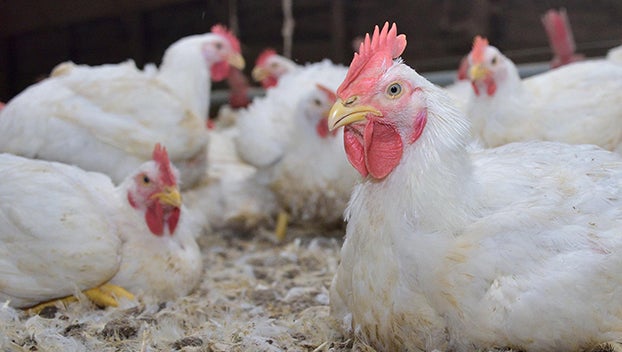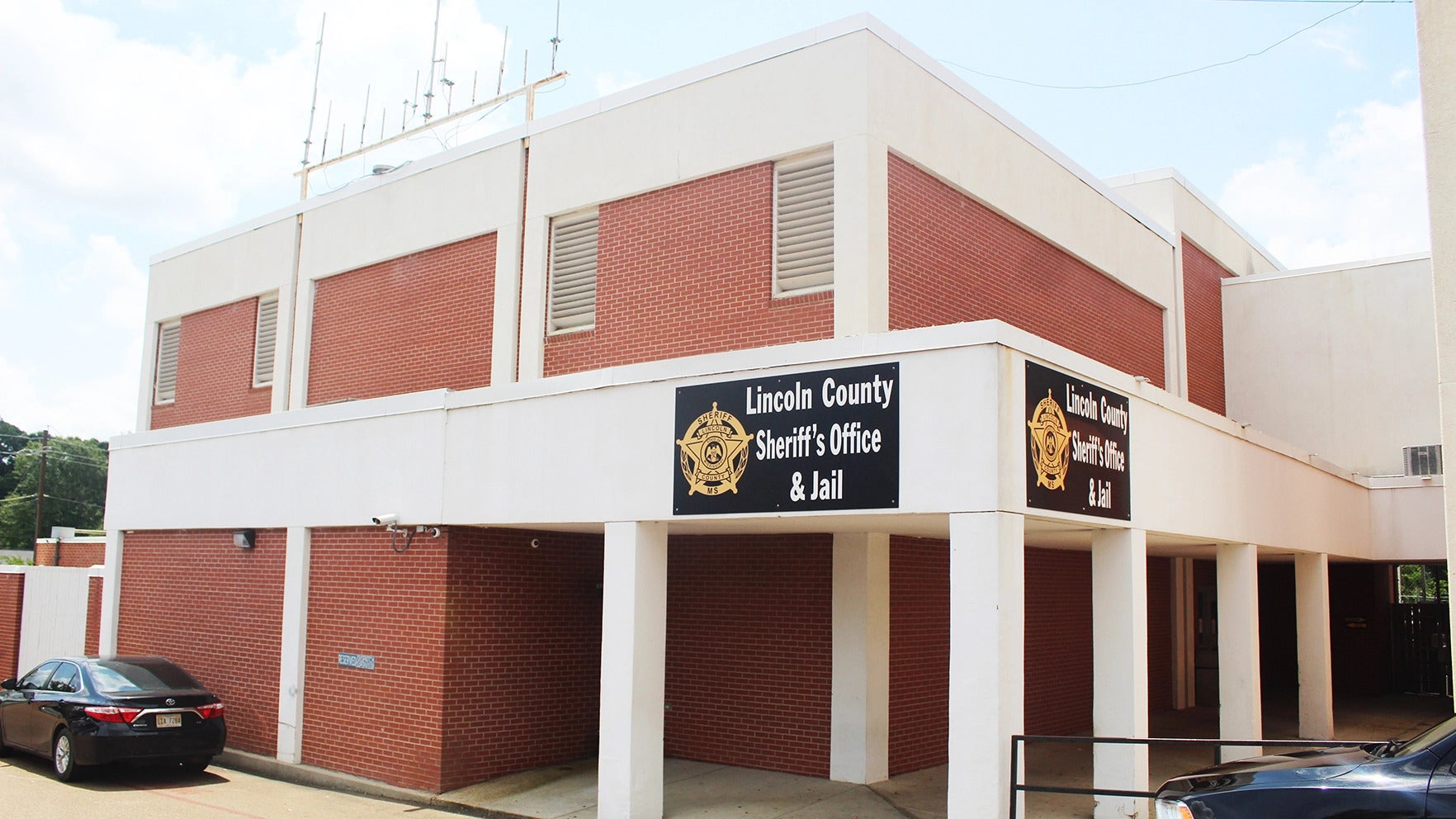Santa: a do or don’t this holiday?
Published 8:50 pm Saturday, December 12, 2015
Warning: Children who are expecting Santa to bring presents this year shouldn’t read any further.
Santa Claus. Perhaps the first present St. Nick brings is a conundrum to parents, especially parents of faith who must decide how on earth Santa fits into Christmas.
There are several facets to this Santa business. How does he factor in to the Christian holiday celebrating Jesus’s birthday? Will Christmas be celebrated sans-Santa, strictly religiously, or is there a potential secular version of the holiday? Should we come clean, treat our kids as mini-adults with 100 percent honesty? Do we protect these fantasies until they’re old enough to learn the disappointing truth?
Several Brookhavenites and other sources weigh in on the most wonderful time of the year and how they balance child-like belief and mature faith.
Caitlin Dennison said she strives to keep faith as well as Santa in Christmas, but her 7-year-old is starting to poke holes in the stories of modern-day Santa Claus.
“I still think she’s too young to take that fun out, but she’s so smart and knows that some things are impossible for Santa to do,” Dennison said. “We only do Santa as fun. Jesus is always the reason for the season. We do crafts and have talks and last year we read scripture. We make sure the kids understand that Christmas is firstly Jesus’s birthday. We did a birthday party for Jesus last year.”
Maria Rangel Harris said she prefers a more matter-of-fact approach, and has decided she doesn’t want to deceive her children as she once was.
“I have always told my kids Santa Claus is not real,” Harris said. “That Jesus is the reason for this season, and then I explain the story of Jesus. I told them that Daddy works hard to buy them presents.”
Harris says her daughter says sometimes that she knows Santa isn’t real, but she’d like him to be so she can write him a letter. The letter-writing aspect of full-fledged faith in Santa is a facet of the fantasy that acts as an avenue for children to express themselves at a special time with special feelings. Letters often include wishes kids only whisper: the want for their parents to get back together, a dead pet they really miss or maybe for that kid in their class they hope gets to have Christmas presents. It’s a part many families have blended into their unique Christmas traditions.
“There’s no point in lying to your kid for them to be disappointed later,” Harris said. “I remember how upset and disappointed I was to find out that Santa wasn’t real and I didn’t understand why my parents would go to so much sneaking and lying to make me believe in something that wasn’t real. I didn’t want my kids to have that same disappointment so I tell them the truth. Especially as a family of the Christian belief, I didn’t want to take away from Jesus by lying to my kids. They still get presents and what they ask for, but I wouldn’t lie to them. And that goes for the tooth fairy, etc.…”
The part of the Santa charade that can potentially be negative, some say, is the deception element. Giles Fraser, who writes about religion, said what he finds interesting is the assumed connection between growing up and de-mystification.
“The idea being that we bring children up on lies until a certain age when they are deemed mature enough to know the truth,” Fraser said. “Why do we lie to our children in the first place? Why not just tell them the truth from the outset? Surely lying to our children erodes their trust in what we tell them about the world.”
An example of a creative solution to the Santa Claus situation comes from Brookhaven resident Brianna Moore-Christa, who, like many parents, has blended make-believe stories with realistic and explanatory elements.
“We told our son that Santa is a mail-order service that parents pay a bill for throughout the year at great expense. Parents choose the services their kids receive based on their income, which is why some kids get more and some kids get less,” Moore-Christa said. “Some parents are completely unwilling to pay the “Santa bill,” so their families don’t have Santa — which is totally cool. Santa does personal home checks on St. Nicholas saint days (so instead of spring cleaning, we have ‘Santa cleaning’ every year and my son actually participates. This is the time of year he selects all his unused toys to donate, so Santa doesn’t think more toys will just be a waste), and although it is nearly impossible to get Santa on the phone, he has a great phone message service and does email.
“His elves are outsourced to other countries and although Santa is magical, it’s impossible for him to fit all the toys on his sled, so he typically has most presents shipped before Christmas and only delivers one big present on Christmas night to save time and space. Maintaining good grades and behavior are really important because the Santa bill is non-refundable. This has also had the unplanned but great side-effect of teaching my son about not wasting money somehow.
“Some might say giving Santa such a modern makeover is weird, but this reminds my son that ‘Santa’ is a business, affected by economy and work input, and that Christmas has a story that is separate and the reason why we celebrate in the first place — while still allowing him to experience the magic of Christmas.”
There’s no doubt that the historic figure and real person, Saint Nicholas, has evolved. Whether it be the truest tale of Saint Nicholas, a focus on the story of the birth of Christ or the fact that Santa will eat those cookies you put on the mantle, there are no doubt endless solutions to suit each families’ faith and fun.





